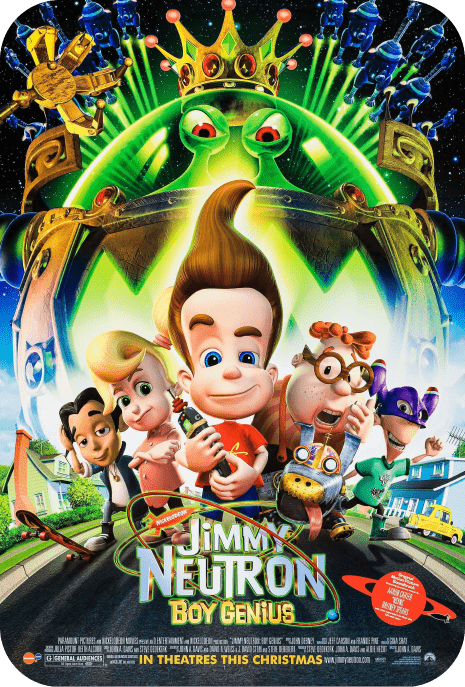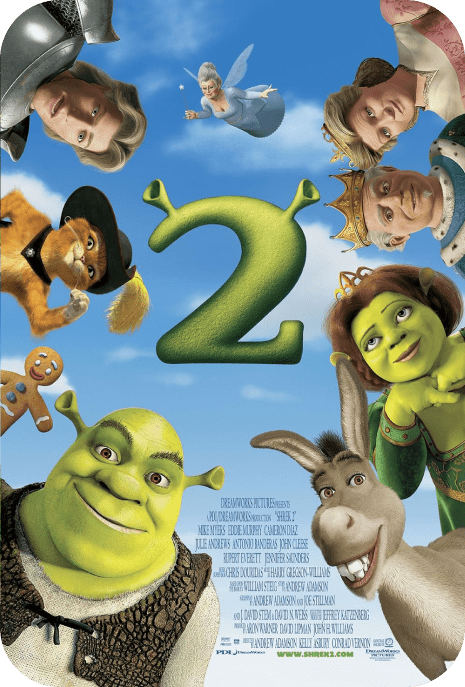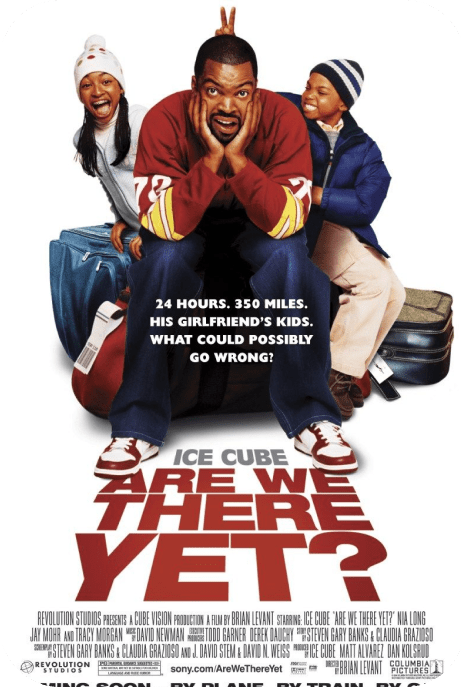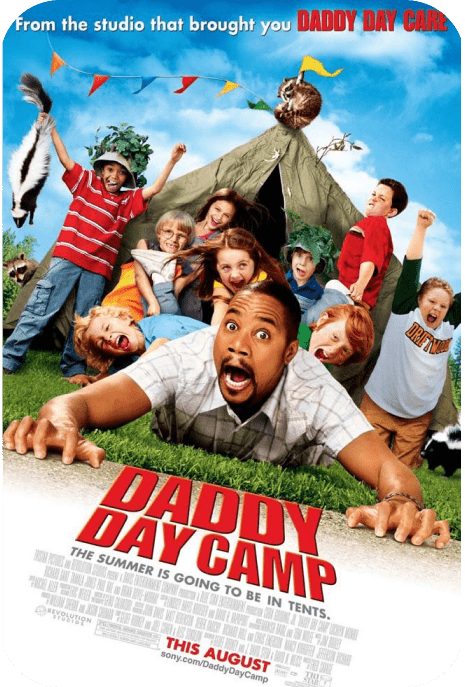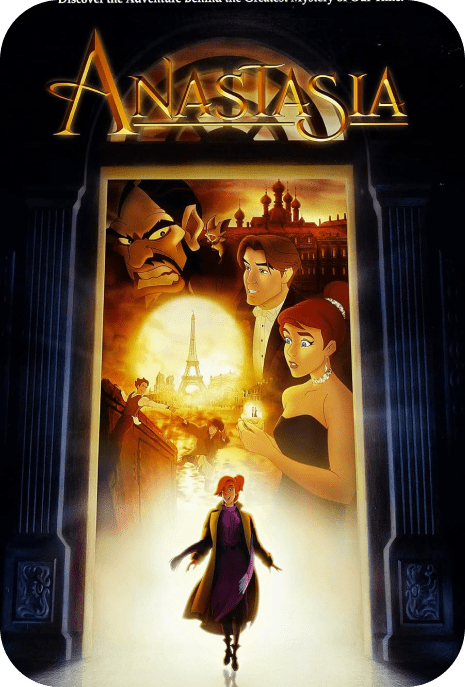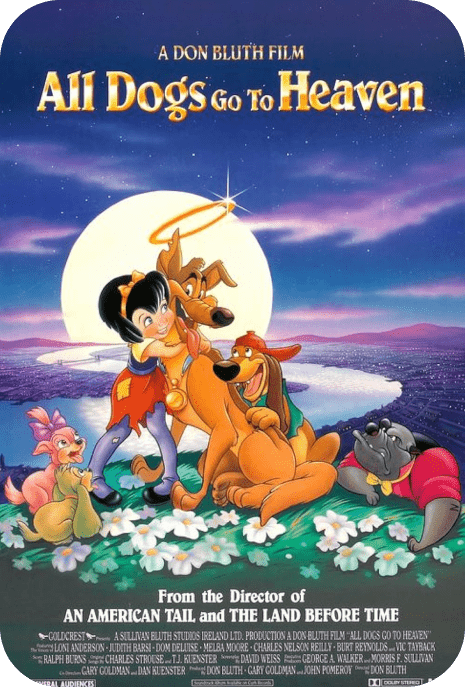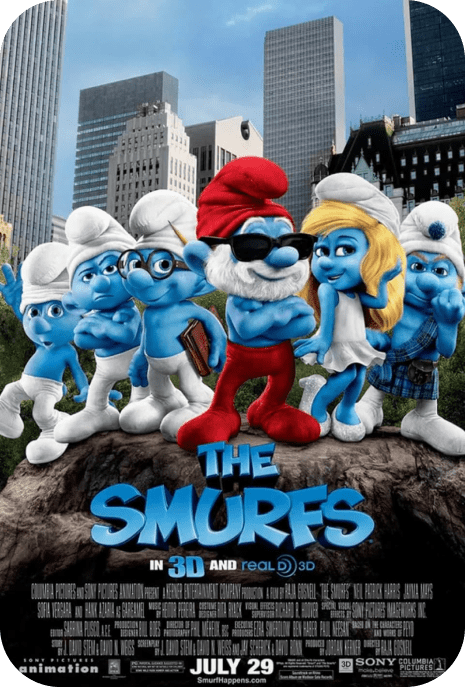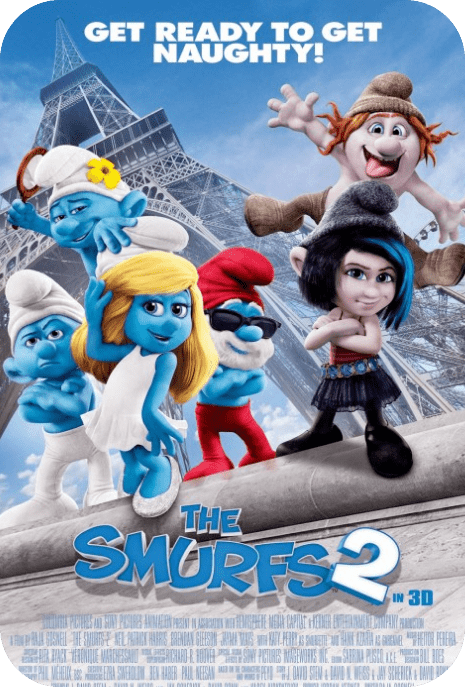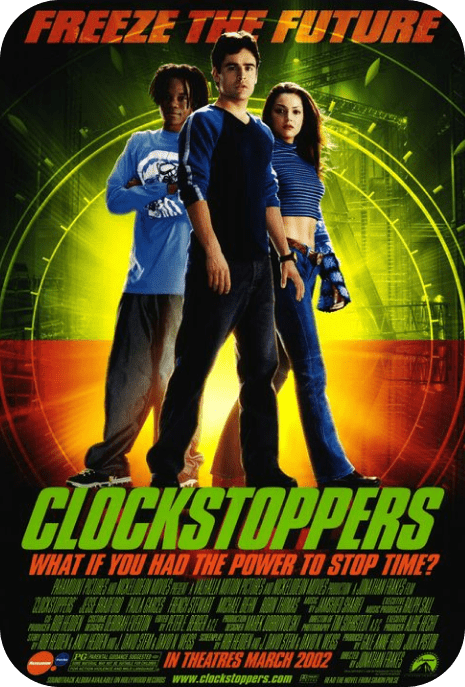ANIMATION SCRIPTWRITING
TUESDAYS & THURSDAYS
5 PM PST / 8 PM EST
14 APR 2026 - 2 JUN 2026
DURATION:
6 WEEKS
TUESDAYS & THURSDAYS
5 PM PST / 8 PM EST
Delve into storytelling essentials. Build a solid foundation in narrative structure, character development, and visual storytelling.
Learn directly from Emmy-nominated David N. Weiss, who wrote for Shrek 2, Jimmy Neutron, The Smurfs, and Rugrats. Gain real industry insights on portfolio development to get your foot in the door.
THIS COURSE IS FOR YOU, IF...
-
YOU ARE AN ASPIRING ANIMATION WRITER
You'll learn how to create engaging stories, understand what studios and networks want in scripts, and pick up practical tips for pitching and writing for TV, film, or branded content. It’s all about turning your passion into a career and helping you stand out.
-
YOU ARE A PROFESSIONAL WORKING IN AN ANIMATION STUDIO
This course is perfect for pros like storyboard artists and animators who want to sharpen their storytelling and scriptwriting skills. You'll learn how to nail character development and story structure, making it easier to share ideas with your team, pitch projects, and take your career to the next level.
-
YOU WANT TO SHIFT INTO ANIMATION AS A SCREENWRITER OR A FREELANCER
For writers making the jump to animation, the course opens doors to the market by teaching you storytelling tricks that set animation apart. You'll create a pitch that grabs attention and learn how to network and land gigs in this specific industry.
Our students work in 1600+ companies worldwide
Across 12 dynamic classes, you'll explore story structure, genre, dialogue, character design, visual thinking, and more — all enhanced by hands-on workshops and practical, career-focused assignments.
We’ll teach you the skills needed to thrive in the industry. You'll gain the tools to build a strong portfolio of scripts and pitches, navigate studio structures, and network with key industry players.
Develop your own unique film or TV concept. You’ll build the story, discuss characters, and analyze essential filmmaking elements, culminating in a final pitch to bring your vision to life.
DAVID N. WEISS
LinkedIn Profile- Emmy-nominated Writer & Film Director
- Wrote for family classics like Shrek 2, Jimmy Neutron: Boy Genius, The Smurfs, and Rugrats, with his films grossing over $2.3 billion worldwide
- Co-wrote and directed Rugrats Chanukah, contributed to TV shows like Cybill and Mission Hill, and co-wrote Are We There Yet? and Clockstoppers
- Directed talents like Henry Winkler and J.K. Simmons, and penned the screenplay for All Dogs Go to Heaven
- Member of the Motion Picture Academy and former VP of the Writers Guild of America, he's also authored three children's books, including Eloise in Hollywood

Instructor's Works
- Introduction to the instructor
- Discussion of final assignment
- Housekeeping
FADE IN. Welcome to your first class! Begin your journey by familiarizing yourself with the art of storytelling and the history and culture of the animation medium. Get your creative juices flowing with an interactive discussion of your ideas.
- The art of storytelling
- History & culture of animation & screenwriting
- Live action vs. animation
- Why animation?
- WORKSHOP: Brainstorming session - discuss original story ideas for feedback
ASSIGNMENT 1: Apply feedback from the workshop to original ideas.
Structure is the building block of any great story. Delve into core concepts from three-act structure, plot points, and the turning point to resolution. You will also explore effective scene sequencing and get a few tips and tricks for doling.
- Structure: core concepts
- Anatomy of story
- Doling tips
- Film structural analysis
- MINI-WORKSHOP: Break a film and a scene down to their core structures
To create an intriguing and immersive world, you need to understand it! Dive into effective practices and conduct genre research through immersion. Go one step further and discover how to subvert expectations in stories.
- Effective research practices
- Genre research
- Subverting expectations
- Tone across story types
Who is your character? What makes them ‘tick’? This class will help you answer those questions as you gain a deep understanding of what drives a character, from motivations and intentions to conflicts. Learn how to further enhance characterization and convey subtext through dialogue.
- Character motivations, intentions, obligations, and conflicts
- Enhancing characterization
- Conveying subtext through dialogue
- EXERCISE: Look at clips of Tim Allen: Galaxy Quest vs Toy Story
ASSIGNMENT 2: Draw up a character profile using the knowledge gained from the class
When it comes to character arcs, consistency is key! Learn how to develop consistent character arcs and backstories across multiple episodes. You will also explore management of ongoing subplots and world development across a series.
- Feature films and serialized & episodic formats
- Consistent character arcs & backstory
- Ongoing subplots & world development
- Episodic stories & season-wide narratives
- Story types: scope & scale
ASSIGNMENT 3: Change the format of your original story concepts. E.g. feature film to TV.
Let’s get practical! Follow your instructor as he breaks down the pilot of Avatar: The Last Airbender and its overall arc to demonstrate what makes a good episode.
Delve into the uses of dialogue, how to make it compelling and believable, and the differences between dialogue and exposition. Further, explore when to and not to use narration and how to choose an effective narrator.
- Dialogue: purpose & use
- Believable & compelling dialogue
- Dialogue vs. exposition
- Animation dialogue vs live-action
- When to use narration & choosing a narrator
Get those creative juices flowing as you complete two exercises: first, rewrite bad scenes using improv pitches, and second, write scenes from an actual movie.
ASSIGNMENT 4: Write dialogue for an original animated character, focusing on the character’s design, personality, and the overall tone of the animation.
How do you translate the visual image in your head to the page? Discover how to compress large descriptions, write engaging action, and how to communicate through objects.
- Compressing descriptions
- Showing vs. telling
- Writing action & knowing your world
- Communication through objects
- Setting tone & mood
ASSIGNMENT 5: You will: 1.) Write a detailed description of a scene from your original story, then 2.) rewrite the scene using concise language.
Take a step into the real world. Explore the dynamics of working in a creative team, communicating your ideas, and managing multiple projects and deadlines.
- Creative team dynamics
- Effective team communication
- Time management & prioritization
- Problem-solving
The elevator pitch: quick, concise, compelling. Become a master of grabbing attention with loglines and hooks and tailoring pitches to specific audiences. Learn what studios and networks look for and how to use character sketches and concept art as visual assistants.
- Developing strong pitches
- What studios & networks look for
- Tailoring pitches to different audiences
- Visual aids
It’s the final episode! This class will prepare you for the animation industry, from exploring different career paths, developing a strong portfolio, and interviewing tips to building connections by attending workshops and online platforms. Now it’s your time to fly! ROLL END CREDITS.
- Animation industry landscape
- Portfolio development
- Professional networking
- Interview tips
- Final Q&A
FINAL PORTFOLIO ASSIGNMENT:
Create a pitch document for original concepts. Include an introduction, synopsis, discussion of characters, filmmaking elements, and conclusion.
What our students say
"I've really loved this experience. As somebody who doesn't know many creatives in their personal life, it's been amazing to contact people for feedback and inspiration. This program feels like a genuine community, and being within a community is vital for a young writer like myself. I am extremely grateful for this opportunity."
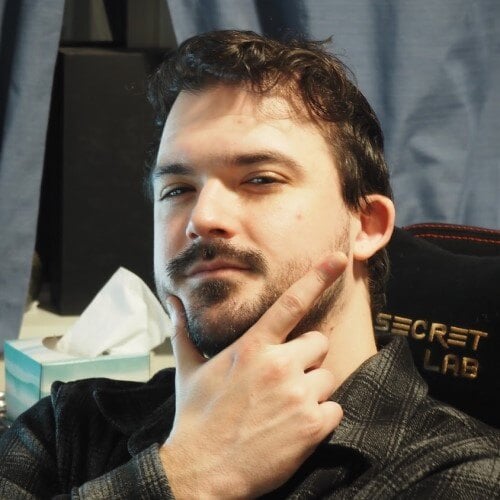
Technical Writer
"What did I appreciate most about our instructor?… His passion for the subject matter and willingness to share his knowledge and wisdom in order to equip and empower his students."
Freelance Writer
"I believe David knew how to teach us all, even though we came from different backgrounds and had different skill levels. I feel this is a rare quality, especially when it's a six-week class. Both beginners and professionals will gain a lot from this course, and I appreciated his specific wisdom, patience, and encouragement."
Elementary School Music Teacher
"I deeply enjoyed this course! It was super fun and informative! The class helped me mold my cartoon idea into a professional pitch and to iron out so many details about it that I didn't know to do prior. I went from having a simple show concept and having zero idea how to map it out, to having a concrete marketable concept and confidently writing out episodes for it! The teachers were engaging and detailed in face to face conversations and when reviewing the homework assignments! I could tell easily that David loves his career, he was passionate about sharing his knowledge, and actually cared that we grew from the class. I encourage all aspiring animation creators to take this class, the knowledge and experience will truly elevate yourself as a creator!"
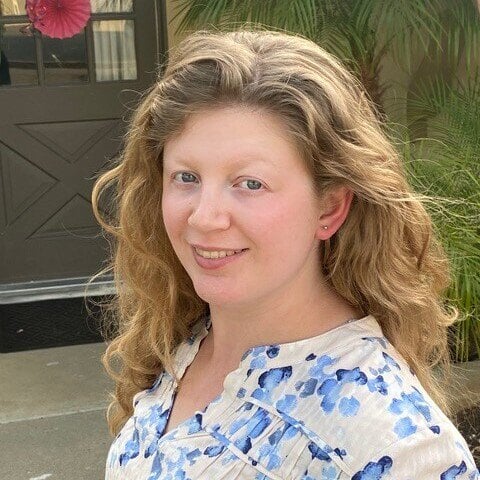
"I'm enjoying this class and can't believe it is almost finished! Time certainly flew... and yet, I have learned a lot in this class!
This class has really allowed me to step out of my comfort zone and learn more about screenwriting for animated films by having me rewatch films I have seen and films I haven't watch before for research (in fact, my experiences in the class had given me the courage to view 'Anastasia', an animated film that I wanted to watch but never got to see it.)"





